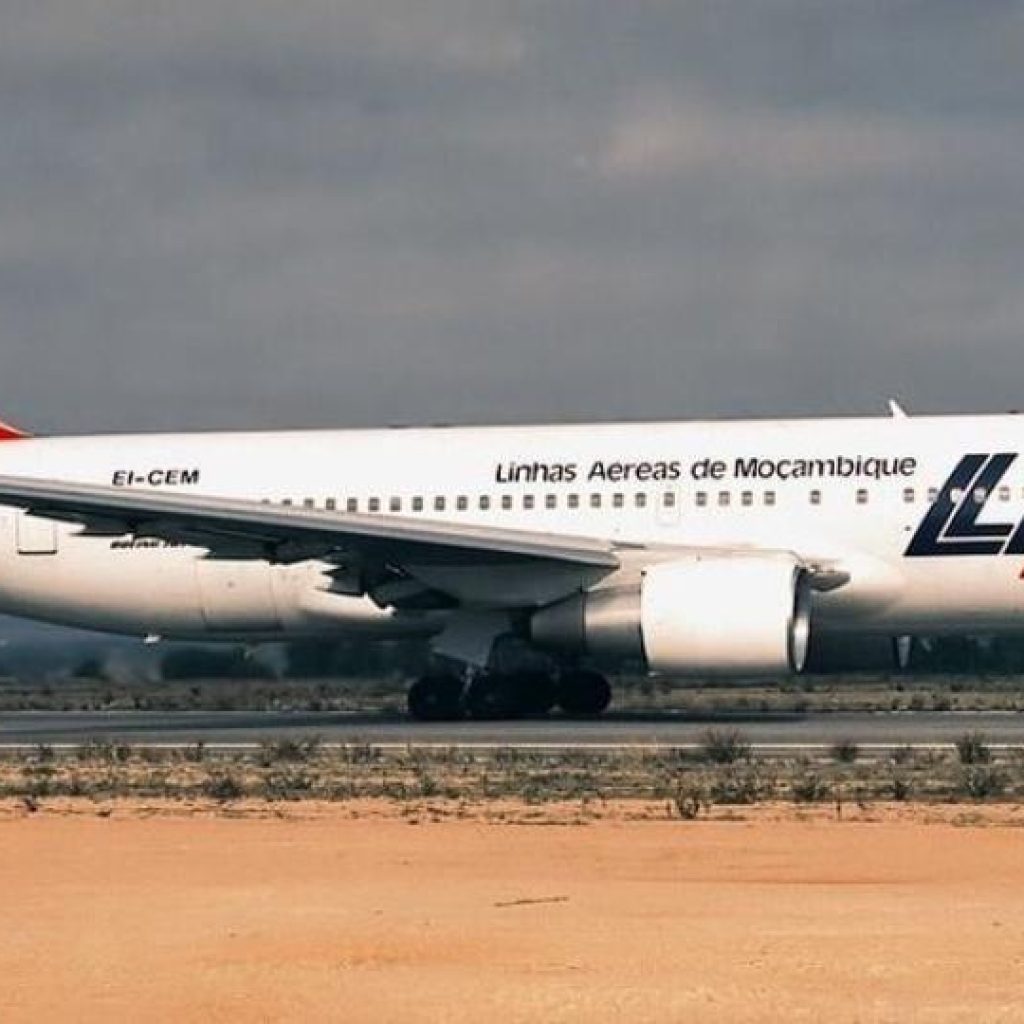
Mozambique’s state-owned national airline Linhas Aéreas de Moçambique (LAM), appears to have emerged from its financial crisis and achieved solvency. It’s now on the road to stability according to Sérgio Matos, LAM’s restructuring project manager.
South African aviation consultancy, Fly Modern Ark (FMA), was appointed by the Mozambique government to rescue and rejuvenate the airline. So far, the reported debt reduction alone has been impressive – from a colossal debt of $300 million, after three months the debt is reported to have been cut by $61.6m.
At a press conference in Maputo, Matos explained that LAM’s debt reduction had been brought about by what Matos described as “meticulous work” and adherence to international accounting standards and practices, plus guidance from the National Treasury’s accounting directives. Debts totalling $23m had been cleared and, added Matos, LAM could now be considered technically solvent.
Matos said negotiations with Boeing were underway to reclaim $23m from a pre-payment for undelivered aircraft.
Matos said new regional routes, particularly the Vilanculos-Johannesburg and Beira-Johannesburg flights last month have proven successful, with occupancy exceeding 50% on most flights. He said in the last three months, LAM had seen a 24% increase in the number of passengers carried to more than 56 000, and flight revenue had risen by 10% to MZN671m ($5.8m).
To continue on its recovery trajectory, LAM needs to expand its aircraft fleet from five to 27 aircraft in order to serve all critical routes and further reduce the remaining debt of $240m, said Matos. Currently, LAM operates with only five aircraft.
Meanwhile, LAM subsidiary Moçambique Expresso (MEX) suspended operations at the end of August. The airline operated three Embraer ERJ 145s that flew to various domestic and international destinations for LAM. Various press report that MEX has vast debt, online news service clubofmozambique.com reporting that one of MEX’s debts is to Embraer, for $1.17m.
Matos has previously stated that its rescue plan also included exploring new destinations, such as Brazil, India, Dubai and China. And of course the much-desired reactivation of the Maputo-Lisbon route is an important component of the recovery plan.






About The Author: David DiGregorio
More posts by David DiGregorio